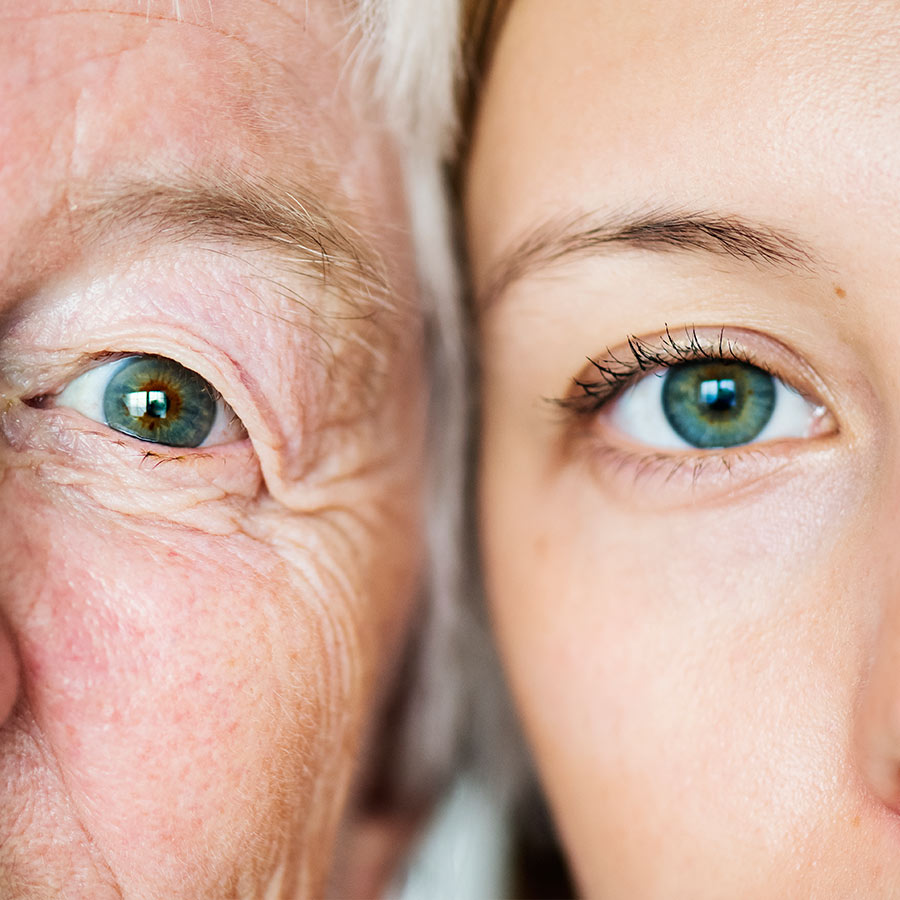The sun is a powerful force—warming our planet, fueling life, and brightening our days. But did you know that those same rays could be silently damaging your eyes? While we often associate ultraviolet (UV) rays with skin damage, their impact on eye health, particularly conditions like glaucoma, is a growing concern. In this blog post, we’ll explore the connection between glaucoma and UV exposure, how the sun might be putting your vision at risk, and what you can do to protect yourself. Let’s dive into the science and practical tips to keep your eyes safe.
What Is Glaucoma and Why Should You Care?
Glaucoma is often called the “silent thief of sight” because it can sneak up on you without obvious symptoms until significant damage has already occurred. This group of eye conditions damages the optic nerve, which is responsible for transmitting visual information from your eyes to your brain. If left untreated, glaucoma can lead to permanent vision loss or even blindness. Here’s the kicker: Over 3 million Americans are living with glaucoma, and many don’t even know it, according to the Glaucoma Research Foundation. While the exact cause of glaucoma varies—ranging from genetics to high eye pressure—one emerging area of research is the role environmental factors like UV rays might play in worsening or triggering this condition.The Basics of Glaucoma
Before we connect the dots to UV rays, let’s break down the essentials of glaucoma:- Intraocular Pressure (IOP): Most forms of glaucoma are linked to increased pressure inside the eye, which damages the optic nerve over time.
- Types of Glaucoma: The most common type is primary open-angle glaucoma, but there’s also angle-closure glaucoma, normal-tension glaucoma, and more.
- Risk Factors: Age, family history, and certain medical conditions like diabetes increase your risk.
How UV Rays Affect Your Eyes
UV rays are invisible rays of energy emitted by the sun. They’re divided into three types—UVA, UVB, and UVC—but it’s UVA and UVB that reach us here on Earth. While UVC is filtered out by the ozone layer, UVA and UVB can penetrate your skin and eyes, causing both short-term discomfort and long-term harm. When it comes to your eyes, UV exposure is already linked to conditions like cataracts and macular degeneration. But what about glaucoma? The connection isn’t as straightforward, but emerging studies suggest that prolonged UV exposure could contribute to oxidative stress and inflammation—two processes that may exacerbate glaucoma.The Science Behind UV Damage
Here’s how UV rays might be sneaking into your eye health equation:- Oxidative Stress: UV rays generate free radicals in the eye, which can damage cells in the optic nerve and surrounding tissues.
- Inflammation: Chronic exposure to UV light may trigger inflammation in the eye, potentially raising intraocular pressure.
- Corneal Impact: The cornea absorbs most UV rays, but over time, this stress could indirectly affect deeper eye structures.
Are You at Risk? UV Exposure and Glaucoma Triggers
Not everyone who basks in the sun will develop glaucoma, but certain factors could heighten your vulnerability. Let’s take a closer look at who might need to pay extra attention to UV protection.High-Risk Groups
- Outdoor Enthusiasts: If you spend hours hiking, fishing, or gardening, your eyes are soaking up more UV rays than the average person.
- Light-Colored Eyes: People with blue or green eyes have less melanin, which offers natural UV protection, potentially increasing their risk.
- Older Adults: Age is already a glaucoma risk factor, and cumulative UV exposure over decades could compound the danger.
Protecting Your Eyes from UV Rays
The good news? You don’t have to hide indoors to keep your eyes safe. With a few smart habits, you can enjoy the sunshine while minimizing the risks to your vision. Here’s how to shield your eyes from UV rays and potentially lower your glaucoma risk.Top Tips for Eye Safety
- Wear Sunglasses: Look for shades that block 100% of UVA and UVB rays. Wraparound styles offer extra protection by shielding the sides of your eyes.
- Add a Hat: A wide-brimmed hat can cut UV exposure to your face and eyes by up to 50%, according to the American Academy of Ophthalmology.
- Avoid Peak Hours: UV rays are strongest between 10 a.m. and 4 p.m. If possible, limit outdoor time during these hours.
- Get Regular Checkups: An eye exam can catch glaucoma early, especially if you’re in a high-risk group.


